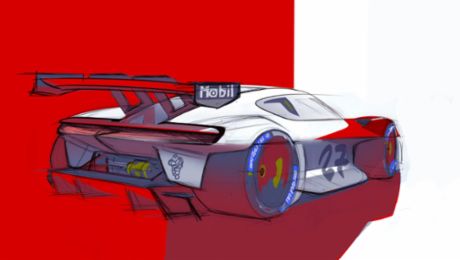Sustainability is firmly anchored in the company's strategy as a basic principle: "As a car manufacturer, Porsche aims to achieve a carbon-neutral balance sheet overall by 2030. This means that a low carbon footprint, closed-loop recycling and sustainability are increasingly becoming the prime focus," says Michael Steiner, Member of the Executive Board for Research and Development at Porsche AG.
Over the next ten years, Porsche will invest more than one billion euros in decarbonisation through the use of wind turbines, solar energy and other measures to protect the environment. Investments are also being made in the sustainability of the vehicles themselves. The batteries used in models that are fully or partially powered by electricity as well as eFuels for vehicles with combustion engines play key roles in sustainable mobility:
- The battery cell is the combustion chamber of the future. Even today, high-performance cells for the Taycan are being produced using renewable energy sources. The suppliers have also committed themselves to doing this. In mid-2021, Porsche announced the next step: together with its joint venture partner Customcells, the company is to start production of high-performance battery cells.
- eFuels are synthetic fuels produced, using renewable energy, from hydrogen and captured carbon dioxide. With the eFuel-based Esso Renewable Racing Fuel, which is to be used during the Porsche Mobil 1 Supercup season in 2022, a reduction in CO2 emissions of up to 85 per cent is possible, if it complies with the current fuel standard after the blending required for this purpose.
Powerful lithium-ion batteries with silicon anodes
Porsche is at the forefront of the development of high-performance batteries. The company is investing a high double-digit million euro amount in the new Cellforce Group GmbH. Cellforce's production facility is scheduled to go into operation in 2024 with an initial annual capacity of at least 100 MWh and will produce batteries for around 1,000 motorsport and high-performance vehicles.
The chemistry of the new high-performance cells is based on silicon as the anode material, which makes it possible to significantly increase the energy density compared with current standard batteries. This means that the battery can be more compact with the same energy content. The new chemistry also reduces the internal resistance of the battery, which allows it to absorb more energy during recuperation. Fast charging can also be carried out more efficiently. Another special feature of the Cellforce battery cell is that it will be better able to tolerate high temperatures. These are all qualities that are of utmost importance in motorsports.
BASF, the world's leading chemical company, will be a cell development partner for the next generation of lithium-ion batteries. As part of the collaboration, BASF is to be the exclusive supplier of high-energy HEDTM NCM cathode materials for high-performance cells that provide fast charging and high energy density. BASF's production facilities for precursor cathode active materials in Harjavalta, Finland, and for cathode active materials in Schwarzheide, Brandenburg, Germany, will enable BASF to provide battery materials with a low carbon footprint from 2022 onwards that will set standards for the industry to follow.
The production waste from the Cellforce Group's future battery production facility will be recycled at BASF's prototype battery recycling plant in Schwarzheide, thereby closing the loop. Lithium, nickel, cobalt and manganese will be recycled in a hydrometallurgical process and re-introduced into BASF's production process for cathode active materials.
Development of eFuels with significantly reduced CO2 emissions
ExxonMobil and Porsche are testing synthetic fuels in motorsports. During the Porsche Mobil 1 Supercup, all the new 911 GT3 Cup racing cars have been running on a mainly bio-based Esso Renewable Racing Fuel blend prepared by ExxonMobil since the start of the 2021 season. In the course of the 2022 season, eFuels produced from hydrogen and captured carbon dioxide will then be used. Porsche and ExxonMobil are using the international one-make series to demonstrate the suitability of renewable, synthetic fuels under the toughest racing conditions. In addition, the intention is to use the experience the companies have gained for the joint development of fuels in the future.
The eFuels will be sourced from the Haru Oni pilot plant in Chile, where green hydrogen is generated using wind power and water, which is then combined with captured carbon dioxide to produce methanol. ExxonMobil is providing the license for the technology, which will enable the methanol to be converted into synthetic petroleum in the next step in the process – the methanol-to-gasoline synthesis. In the pilot phase, more than 130,000 litres of eFuels are to be produced per year from 2022 onwards. As the main customer for this fuel, Porsche will use the eFuels from Chile not only in the Porsche Mobil 1 Supercup in the 2022 season, but also in its Porsche Experience Centres, for example.
Info
1) The reduction in greenhouse gas emissions stated here refers to the comparison between the calculated Product Carbon Footprint (PCF) of the renewable components in PMSC racing fuel and a baseline of 94 grams CO2 e/MJ in accordance with the EU's renewable energy directive. The reduction in emissions of up to 85 per cent through the use of renewable components instead of conventional components is based on PCF calculations in accordance with ISO 14067 (well-to-wheel considerations along the entire value chain of the fuel). The emissions associated with raw materials, production, transport and combustion are taken into account in the production of the blend with renewable components mentioned here. A functional unit of 1 MJ of fuel was applied for the comparison.
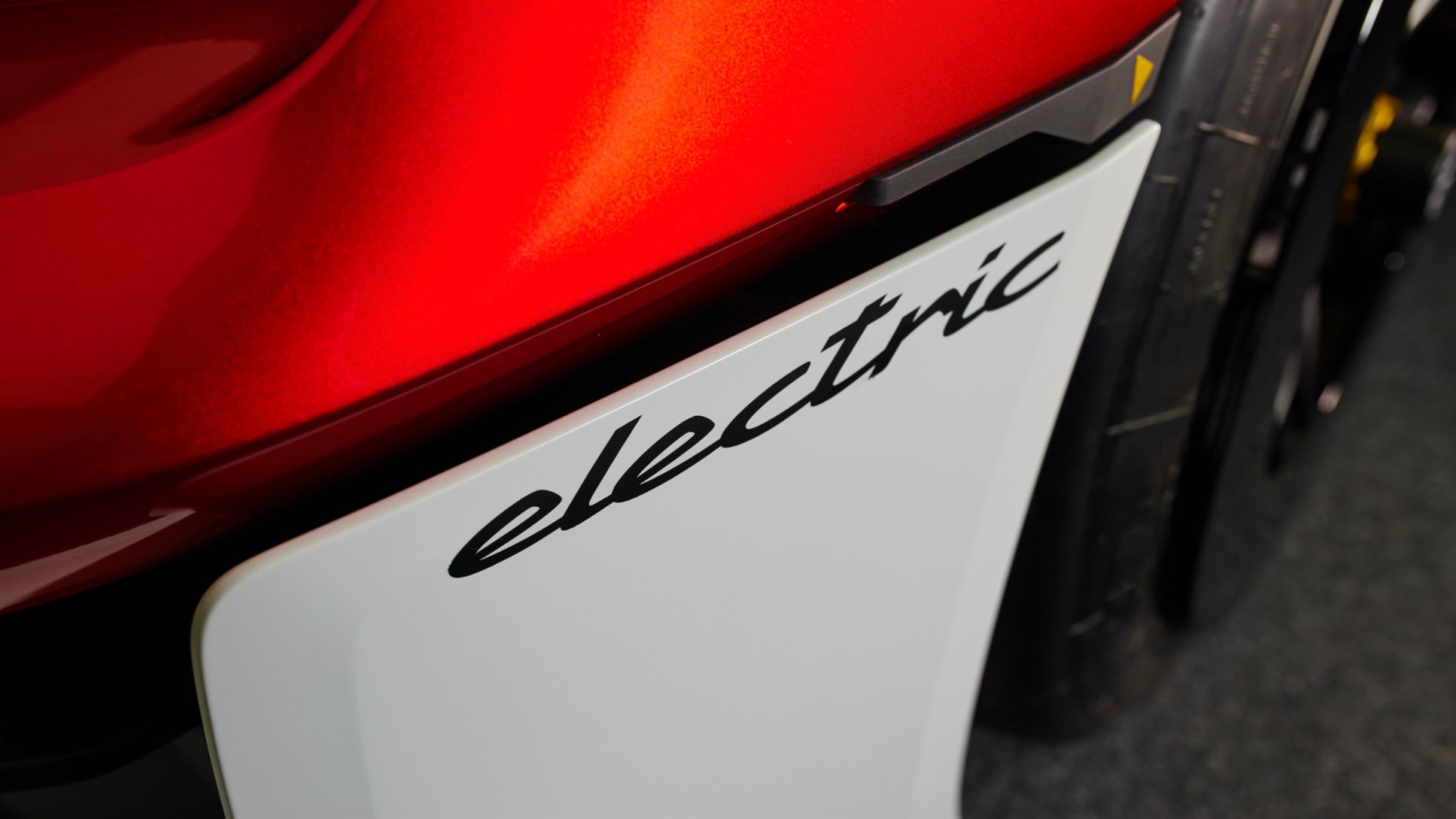
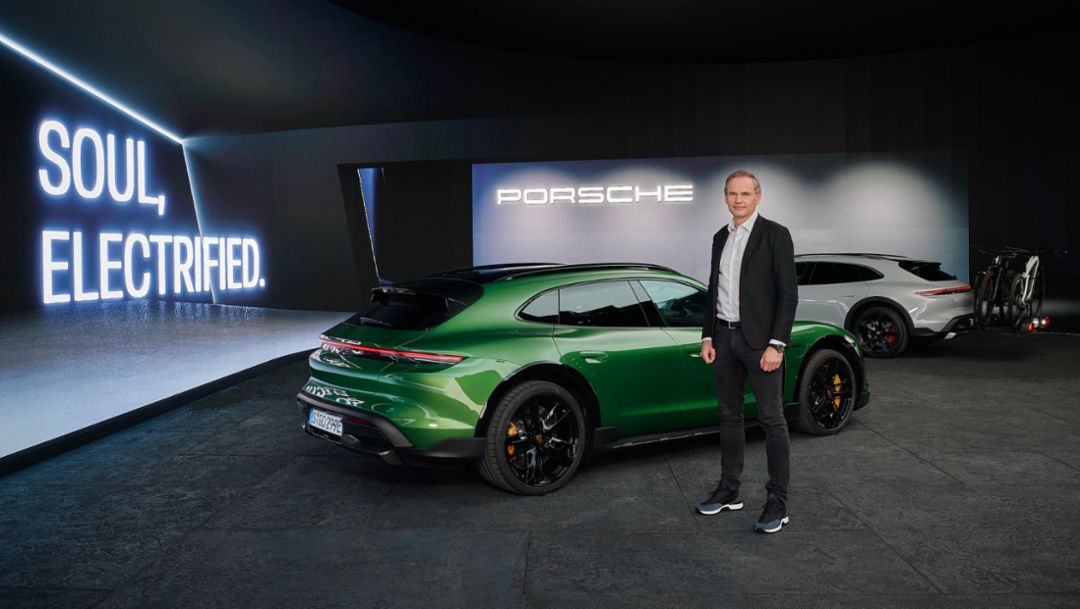
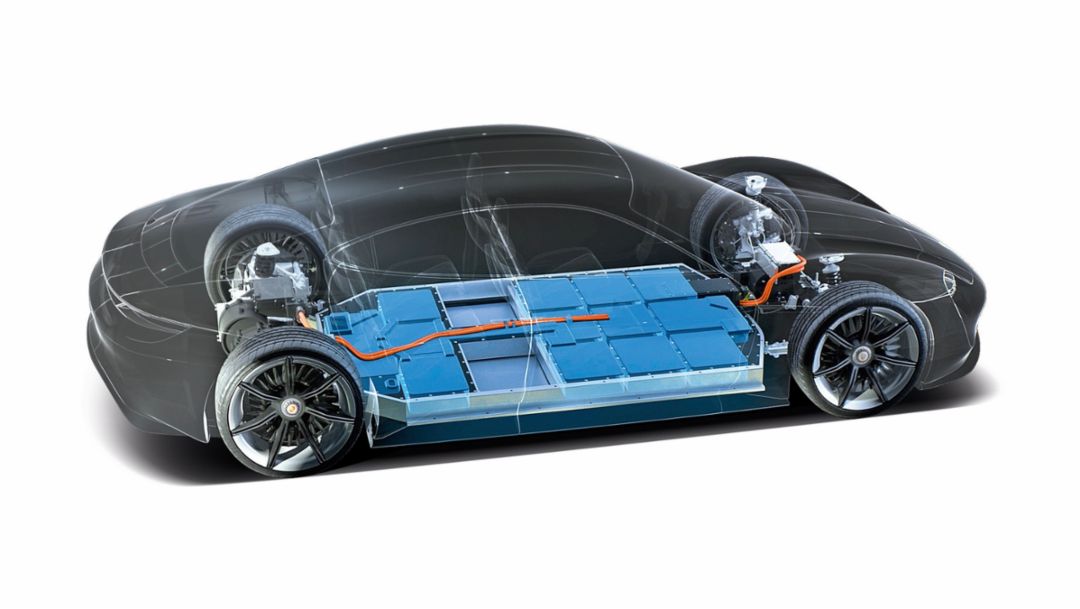
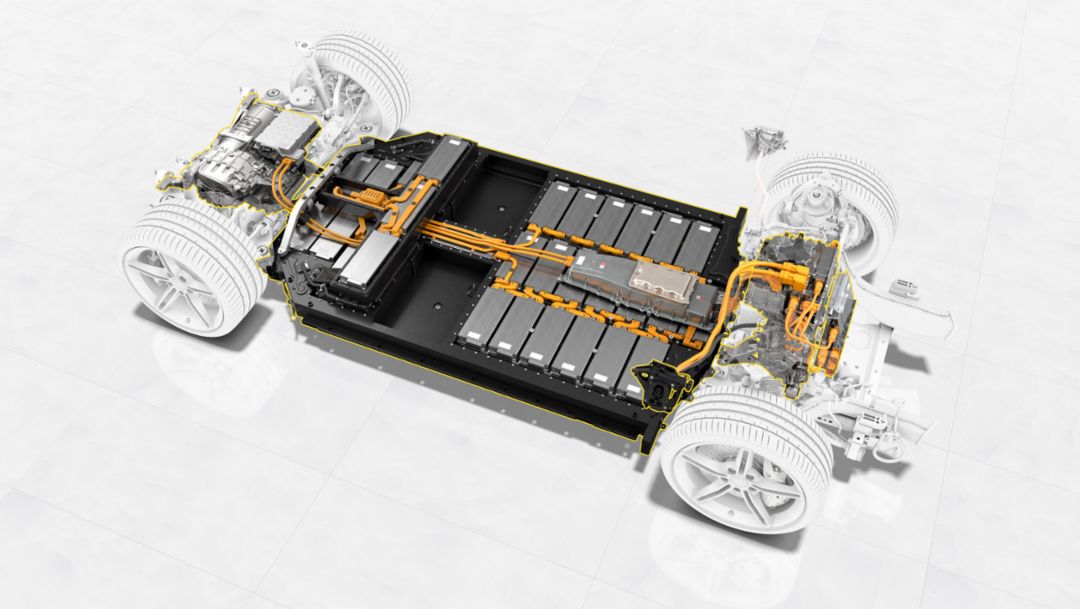
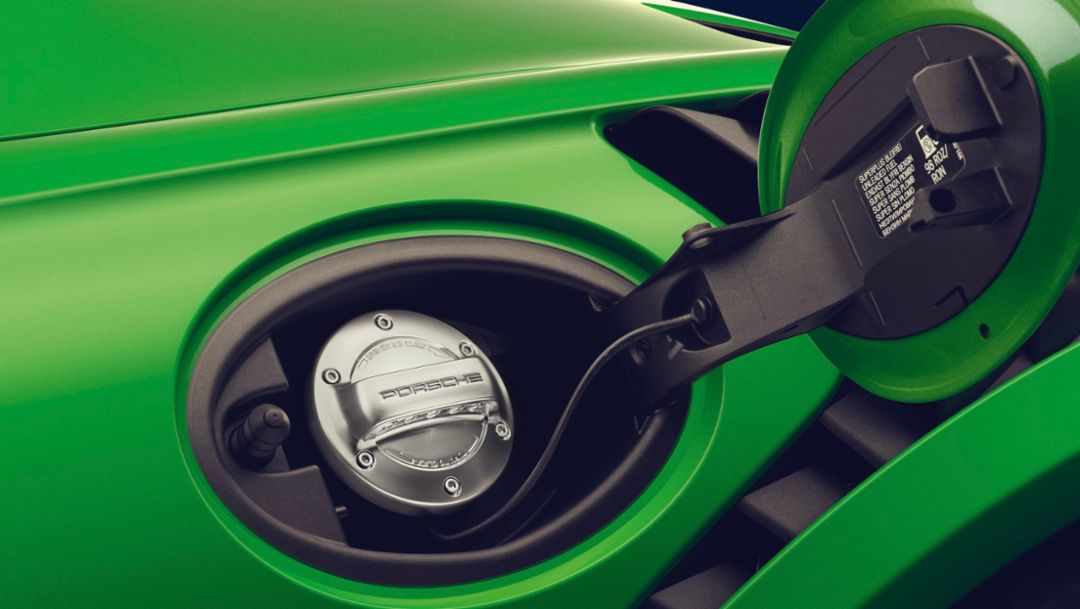

.jpeg/jcr:content/MicrosoftTeams-image%20(4).jpeg)
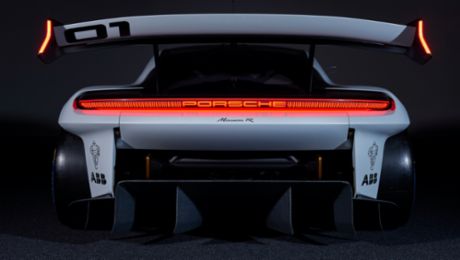
.jpeg/jcr:content/MicrosoftTeams-image%20(3).jpeg)
